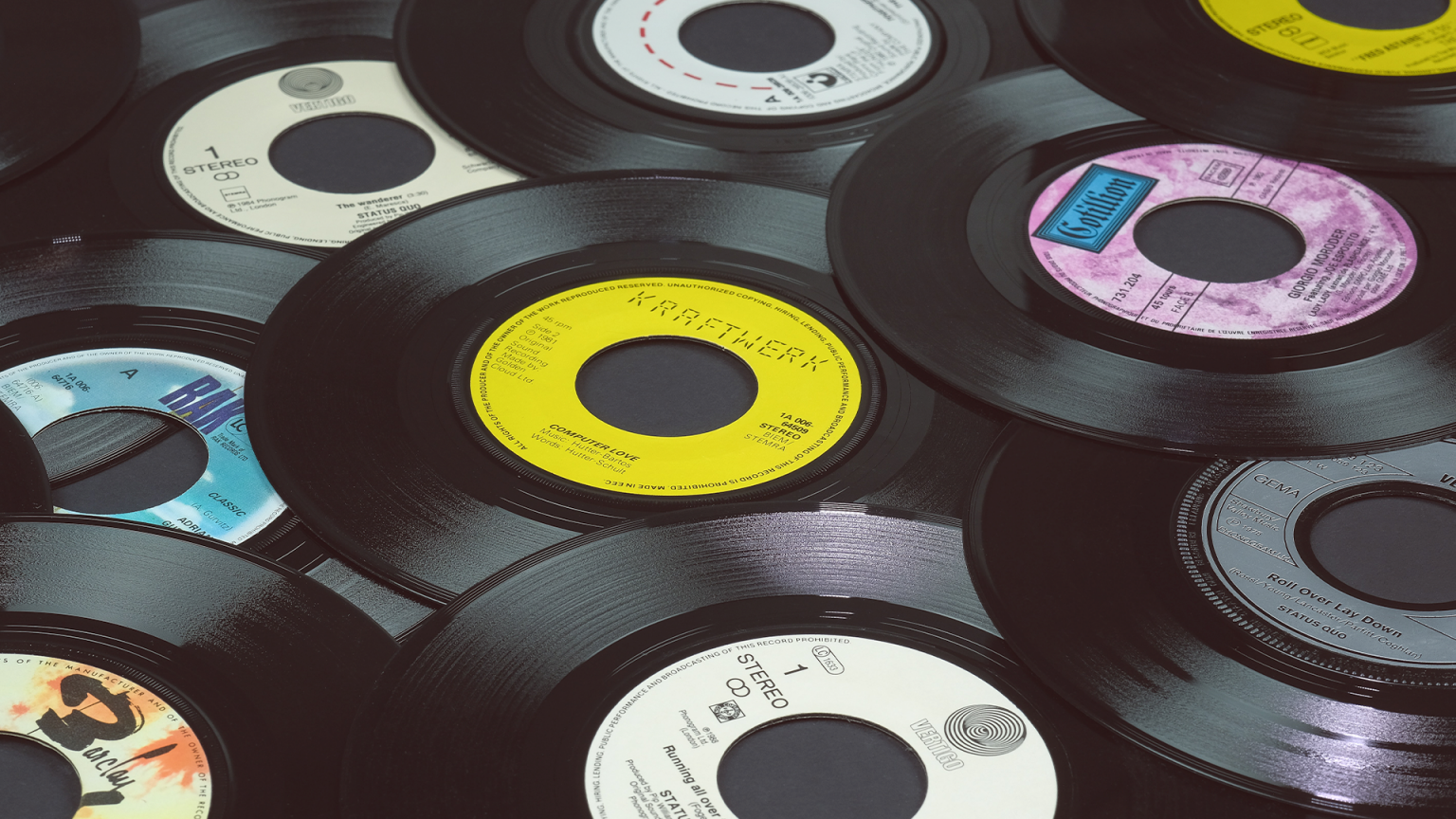Return to Form
Technology's omnipresence in society acts as both a connector to the digital world and a divider from the tangible. As digital technology continues to progress, society in turn becomes increasingly fragmented into isolated boxes, each individual locked away yet connected by invisible threads of communication. These boxes are not just the physical spaces we inhabit but the digital realms we retreat into, divisions compounded by various ubiquitous screens, and human connections replaced with a cacophony of texts and codes that line our digital interfaces.
It’s no surprise, then, that we’ve witnessed a rapid resurgence of analog technology, with vinyl records and film cameras sparking revitalized interest among younger audiences. This phenomenon is a testament to our generation's collective fascination with the past, our attempt to find a semblance of authenticity or a connection to the tangible, in a vastly digitized world.
Perhaps central to this phenomenon is the concept of analog nostalgia, what Dominik Schrey describes as the longing for what is assumed to be lost in contemporary culture's continuing process of digitization. The term captures this wistfulness for a pre-digital era and the emotional connection people have with analog devices. This nostalgia is not just about the technology itself but also about the experiences associated with it. For many, analog technology takes the form of a memory, often carrying the weight of our personal history, it can transport us to a time in our youth when we were at our happiest. For others, analog media offers a window into a past they never lived through, a romanticized era beyond online networks when life was much simpler.
This sentiment echoes Mark Fisher’s observation about "The slow cancellation of the future," accompanied by the urge to re-experience a past that never really existed. Analog nostalgia encapsulates a longing for the perceived authenticity and simplicity of a pre-digital era amidst the ongoing digitization of contemporary culture. As technology continues to advance and shape our future, this longing reveals a simultaneous desire to reconnect with an imagined past, reconstructed through cherished memories and cultural artifacts such as vinyl records, cassette tapes, film cameras, and typewriters.
Film photography for instance is often reminiscent of a memory, it’s a medium that forces you to focus on the moment, capturing images with a rawness that digital media can’t replicate. The manual process of developing film evokes a sense of tactility and physicality, which imbues it with a distinctive human quality that’s often lost in digital mediums. It’s subjected to both human and chemical error, creating photos with textured imperfections, including grain, dust, light leaks, and discolouration. Unlike digital photos, which can be altered and manipulated, film photography in contrast retains its authenticity and embraces its imperfections, making each photograph a true representation of a moment in time. The medium ultimately reminds us of our humanity and the transient beauty of our experiences, preserving them in their most visceral form, unaltered and genuine. Film photography in this sense embodies memory, both ephemeral and fleeting, it can be neither altered nor digitally manipulated, remaining untouched by our endless pursuit of perfection.
In a similar vein, the rising popularity of vinyl records reflects a growing sense of nostalgia and a desire for a more tactile, immersive listening experience. Unlike digital music, which often compresses audio files to save space, vinyl records encompass a broader range of sound frequencies. Including subtle nuances and imperfections, such as the occasional crackle or pop, which add to its warm and authentic listening experience. The act of purchasing and collecting physical music creates a sense of ownership that digital streaming services lack, and as such generates a greater emotional investment. Its structure limits rewinding, pausing, and skipping, and hence encourages listeners to follow the album’s intended uninterrupted sequence. This creates a deeper appreciation for the album as a cohesive work of art, rather than a collection of individual songs. Despite being on the brink of obsoletion, vinyl never truly disappeared entirely, kept alive and sustained by dedicated audiophiles and collectors who valued its unique charm. The vinyl revival signifies not only the music fans' enduring unconditional love of the medium but also a testament to the timeless appeal of analog devices. Showing that even as digital media became ubiquitous, people still long for the tactile experience of physical media.
The interest in analog technology ultimately speaks to our growing disillusionment with the current digital climate. For many, the interest in analog technology is fueled by a deliberate rejection of the intrusion of digital technology, viewing analog devices as a respite from the addictive nature of our digitally dominated world. The physical and tactile nature of analog devices requires users to engage in more deliberate and mindful actions and hence evoke a sense of tangibility and permanence that often feel elusive and harder to grasp in the current digital landscape. They encourage us to slow down, focus, and appreciate the moment, which in turn allows us to foster a deeper connection to the world around us. In an ever-accelerating digital landscape where technology has permeated every facet of society, we crave the stillness and tangibility that analog technology provides. In this sense, the revival of analog devices represents a desire to reconnect with the physical world and reclaim control and ownership in our relationship with technology. When digital technology fragments our attention, analog processes offer the possibility of wholeness. Whereby turning to the manual process of developing film or listening to vinyl, creates a means of reconnecting with that lost state of human connection

